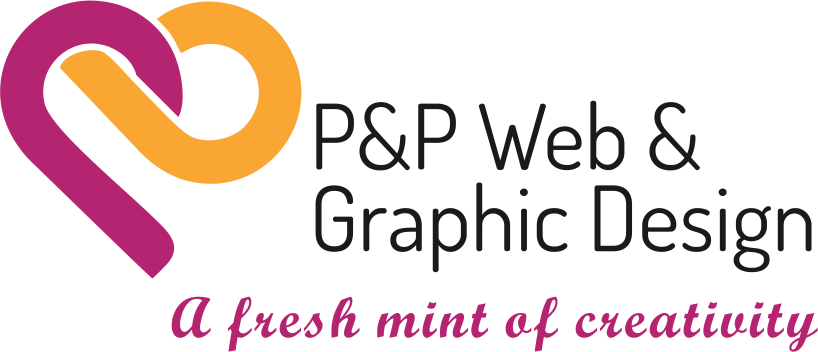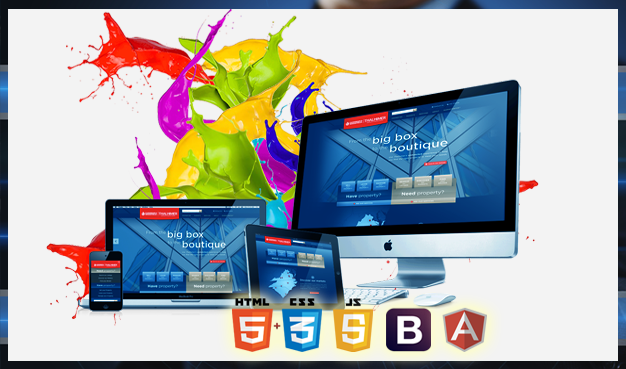- Have any questions?
- (Prasad) +91 96191 46851 | (Parag) +91 99878 20022
- support@pnpwebdesign.com
Mastering the Art of Blog Writing: A Guide to Crafting Compelling Content

Unveiling the Power of Personal Blogging: Your Ultimate Guide to Crafting Authentic Online Narratives
February 10, 2024
Exploring the Realm of Excellence: Unveiling the Best Blogs Across the Web
February 10, 2024Mastering the Art of Blog Writing: A Guide to Crafting Compelling Content

Blog writing is both an art and a science—a creative endeavor that requires skill, passion, and dedication. In this comprehensive guide, we’ll explore the fundamentals of blog writing, from brainstorming ideas to polishing your final draft. Whether you’re a seasoned blogger looking to refine your craft or a novice eager to embark on your writing journey, this guide will provide valuable insights and practical tips to help you create compelling and engaging content that resonates with your audience.
-
Understanding the Essence of Blog Writing:
At its core, blog writing is about communication—it’s a means of sharing ideas, experiences, and perspectives with readers in a conversational and engaging manner. Unlike traditional forms of writing, blog writing offers a unique opportunity for interaction and feedback, allowing bloggers to connect with their audience on a personal level and build a loyal following over time.
-
Identifying Your Audience and Purpose:

Before you start writing, it’s essential to define your target audience and clarify the purpose of your blog. Who are you writing for? What topics or themes are you passionate about exploring? By understanding your audience’s interests, preferences, and needs, you can tailor your content to resonate with them and provide value through your writing.
-
Brainstorming Ideas and Topics:
One of the most challenging aspects of blog writing is generating fresh and engaging ideas consistently. To overcome this challenge, try brainstorming ideas based on your interests, experiences, and expertise. Keep a running list of potential topics and themes, and don’t be afraid to explore new angles or perspectives to keep your content diverse and engaging.
-
Structuring Your Blog Post:
Effective blog writing is as much about structure as it is about content. To keep readers engaged and make your content easy to digest. Consider breaking your blog post into distinct sections, such as an introduction, body paragraphs, and a conclusion. Use subheadings, bullet points, and images to enhance readability and guide readers through your content.
-
Crafting Compelling Content:



The heart of blog writing lies in crafting compelling and engaging content that captivates readers from start to finish. Start by grabbing your reader’s attention with a compelling introduction that sets the stage for your topic. Use storytelling, anecdotes, and examples to bring your ideas to life and make them relatable to your audience. Incorporate relevant keywords and phrases, including the focus keyword “blogs writing,” naturally throughout your content to improve SEO and visibility.
-
Polishing Your Final Draft:
Once you’ve written your blog post, take the time to review and revise your work to ensure clarity, coherence, and correctness. Pay attention to grammar, spelling, and punctuation, and consider seeking feedback from peers or mentors to gain fresh perspectives on your writing. Finally, add a compelling call-to-action at the end of your post to encourage reader engagement and interaction.
Blog Writing Conclusion:
In the dynamic world of digital communication, blogs writing remains a powerful and versatile medium for sharing ideas, connecting with audiences, and building communities. By mastering the art of blogs writing and honing your skills as a storyteller and communicator. You can create content that resonates with readers, inspires action, and leaves a lasting impression in the vast landscape of the blogosphere. So, go ahead—start writing, and let your voice be heard!





